5 Tips for Mastering Your Experience with Vr Flying Simulator
Table of Contents
- Understanding the Hardware: Choose the Right VR Headset for Flight Simulation
- Key Calibration Techniques: Optimizing Controls and Sensitivity for Realistic Flight
- Engaging Immersion: Utilizing Sound and Visual Cues for Enhanced Experience
- Training with Purpose: Incorporating Flight Training Programs and Tutorials
- Exploring Popular VR Flying Titles: Trends and Player Preferences in 2023
- Analyzing Performance Metrics: How VR Simulations Impact Pilot Skills and Proficiency
- FAQS
- Conclusion
- Related Posts
As the virtual reality industry continues to expand, with reports indicating a compound annual growth rate (CAGR) of over 30% from 2021 to 2026, the popularity of VR experiences, particularly VR flying simulators, is soaring. Guangzhou Longcheng Electronic Co., Ltd., known for its cutting-edge VART VR simulators, stands at the forefront of this technological revolution in China. With more than 60 dedicated staff and an expansive facility covering 8000 square meters, the company has established itself as one of the earliest manufacturers in the VR simulator space. Enthusiasts and professionals alike are increasingly drawn to VR flying simulators for their immersive experiences and realistic training applications, making mastering these systems crucial for both entertainment and educational purposes. In this blog, we'll provide five essential tips to enhance your experience with VR flying simulators, ensuring that you can take full advantage of these innovative tools.
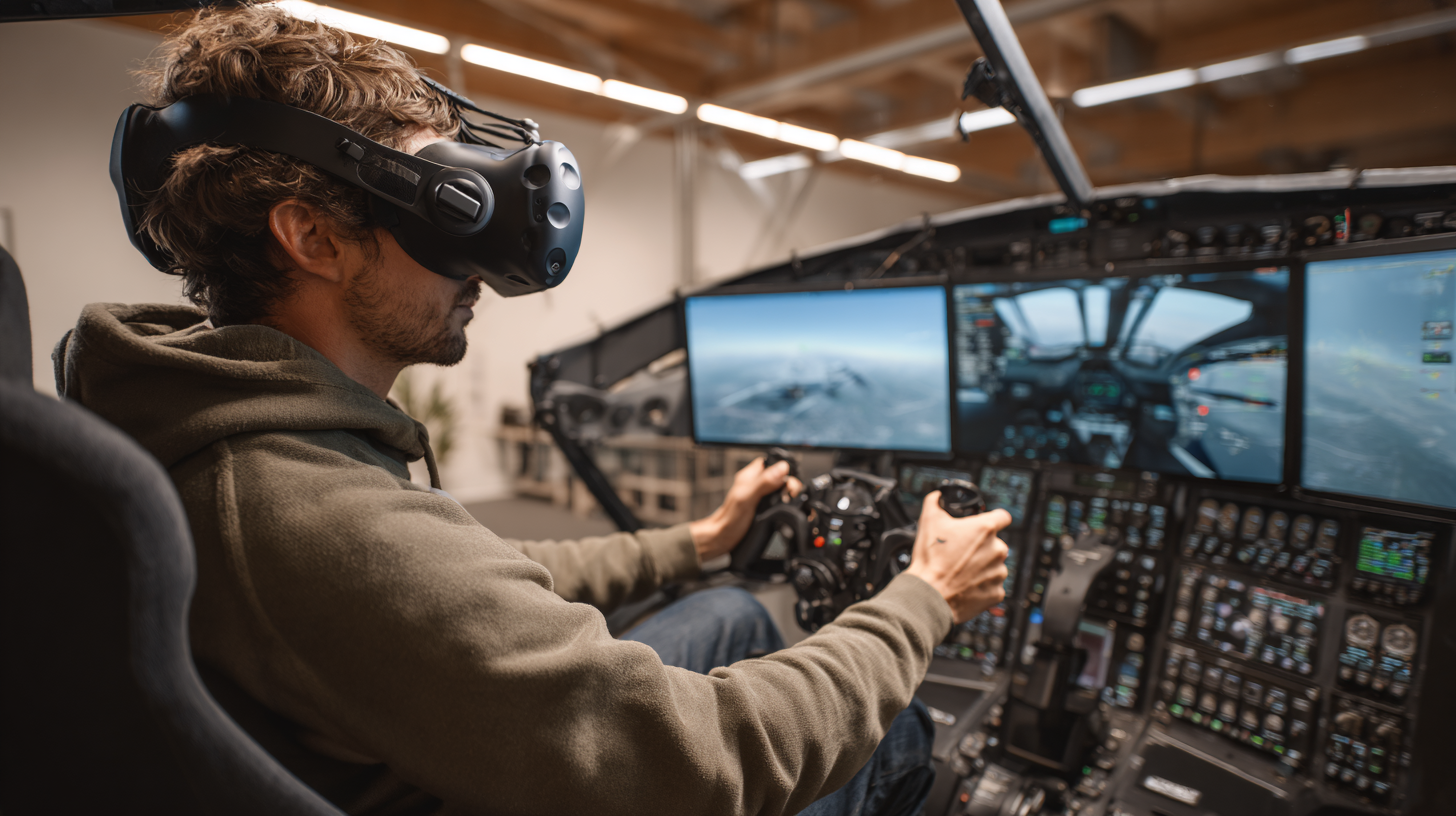
Understanding the Hardware: Choose the Right VR Headset for Flight Simulation
When diving into the world of VR flying simulators, one of the most crucial decisions you will encounter is choosing the right VR headset. The quality of your flying experience hinges significantly on the hardware you select. A good VR headset not only enhances your immersion but also ensures a seamless and realistic simulation. With an array of options available, it’s essential to consider key factors such as resolution, field of view, and refresh rate, all of which dramatically impact your visual experience in flight simulation.
Another vital aspect to consider is compatibility. Ensure that your chosen VR headset is compatible with the flight simulation software you intend to use. Popular headsets like the Oculus Quest 2, HTC Vive, and Valve Index offer varying degrees of compatibility and performance. Additionally, pay attention to the comfort and fit of the headset; long gaming sessions require a comfortable design to prevent fatigue. By taking the time to research and choose a headset tailored to your individual needs, you'll significantly enhance your overall flying experience in the virtual skies.
Key Calibration Techniques: Optimizing Controls and Sensitivity for Realistic Flight
When it comes to enhancing your experience with a VR flying simulator, mastering key calibration techniques is crucial. Proper control optimization not only makes the virtual environment more enjoyable but also helps simulate the experience of real flight more accurately. Start by adjusting the sensitivity of your flight controls to match your personal preferences and style of flying. Finding the right balance between too sensitive and not responsive enough can significantly affect your performance. Experimenting with different settings will allow you to discover what feels the most intuitive and comfortable.
Additionally, ensure that your VR headset is correctly calibrated to align with your physical space and movements. This step is often overlooked but is essential for a realistic experience. Check the height and position of your virtual cockpit to match your real-world viewpoint, and adjust the eye-tracking settings for optimal comfort. With these calibrations in place, the cockpit's responsiveness will feel natural, allowing for more immersive and enjoyable flights. By spending time on these calibration techniques, you will unlock the full potential of your VR flying simulator and enhance your flying skills in the virtual skies.
Engaging Immersion: Utilizing Sound and Visual Cues for Enhanced Experience
When it comes to maximizing your experience with a VR flying simulator, the use of sound and visual cues plays a critical role in achieving a truly immersive environment. Engaging auditory elements enhance realism, as studies indicate that 75% of users report a higher level of presence when sound is accurately synchronized with visual feedback. High-quality spatial audio can simulate the experience of flying by providing directional cues, making the user feel as though they are truly soaring through the skies.
At Guangzhou Longcheng Electronic Co., Ltd., we recognize the importance of creating a comprehensive sensory experience in our VR simulators. With over 8000 square meters dedicated to innovation and development, we have emphasized integrating advanced sound design into our products. This approach aligns with industry trends, as the VR market is predicted to reach $44.7 billion by 2024, with immersive experiences becoming a top priority for developers. By tailoring soundscapes that complement stunning visuals, we ensure that users not only see their destination but also hear the wind rushing past and the engine’s roar, completing the illusion of flight.
Moreover, visual cues such as realistic environments and responsive animations are integral to enhancing user immersion. Research shows that VR systems utilizing high-resolution graphics experience a 30% increase in user engagement levels. At VART VR, we combine cutting-edge technology with expert design to produce simulators that captivate users with vivid imagery and meticulous attention to detail, creating an unparalleled flying experience that transcends traditional simulation limits.
VR Flying Simulator Experience Enhancement
Training with Purpose: Incorporating Flight Training Programs and Tutorials
Incorporating flight training programs and tutorials into your experience with VR flying simulators can significantly enhance your skills and understanding of aviation. According to a report by the National Simulator Program, integrating structured training programs can improve retention rates of flight knowledge by up to 30%. This structured approach not only accelerates learning but also ensures that pilots can respond more effectively to real-world scenarios.
Moreover, utilizing tutorials that are tailored for VR platforms can provide a more immersive and engaging learning experience. A study published by the International Journal of Aviation Psychology highlighted that pilots using simulator-based training showed a 40% reduction in error rates during actual flight tests compared to those who trained primarily in traditional classrooms. By focusing on purpose-driven training, VR flying simulators can simulate complex flight environments and emergencies, helping pilots to build confidence and proficiency in their flying skills. This method represents a modern shift in aviation training, marrying technology with education to better prepare aspiring pilots for the challenges of the skies.
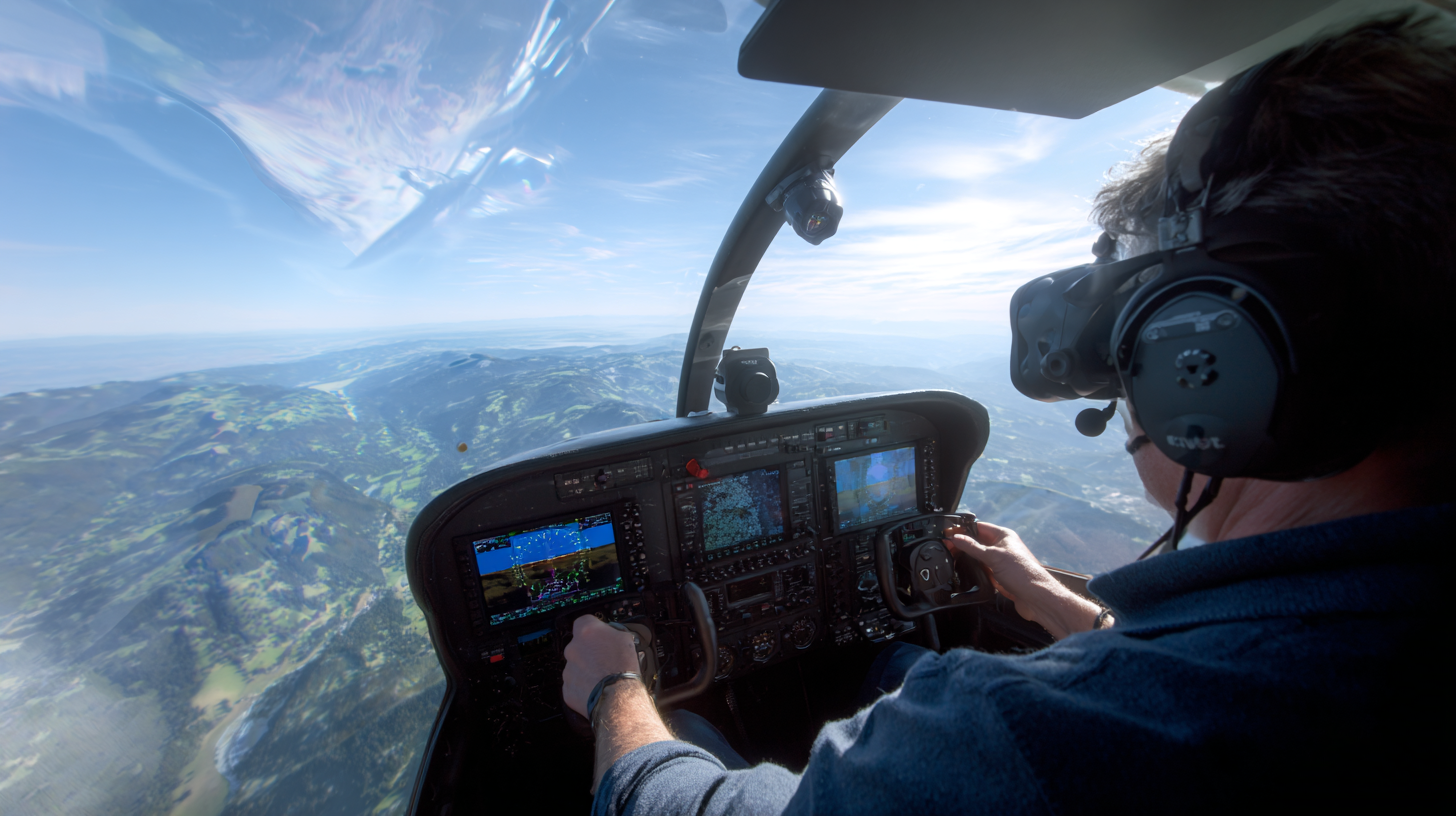
Exploring Popular VR Flying Titles: Trends and Player Preferences in 2023
In 2023, the realm of VR flying simulators continues to soar, driven by advancements in technology and evolving player preferences. According to a recent industry report, the VR gaming market is projected to reach $45 billion by 2025, with flying simulators accounting for a significant portion. Popular titles like Microsoft Flight Simulator and DCS World have captivated audiences, emphasizing realistic graphics and immersive gameplay. Players increasingly gravitate towards experiences that offer authentic flying dynamics and stunning visual fidelity, as these factors enhance their engagement and satisfaction.
To fully master your experience in VR flying simulators, consider these tips: first, invest in high-quality VR equipment. A reliable headset and motion controllers can make a significant difference in comfort and immersion. Secondly, take advantage of tutorials and community resources. Many flying simulators provide extensive tutorials that can help you understand the intricacies of flight mechanics, while online forums and YouTube channels can offer valuable insights from experienced players. Finally, practice regularly to refine your skills; the more you fly, the more adept you become at handling various aircraft and weather conditions.
As developers continue to innovate, the trends within the VR flying genre suggest a strong preference for multisensory experiences that replicate real-world flying. Gamers are not just looking for a digital escape but want to feel the thrill of piloting an aircraft from the comfort of their homes. This shift underscores the importance of understanding player preferences, as customization options and realistic flight simulations remain at the forefront of the industry's evolution.
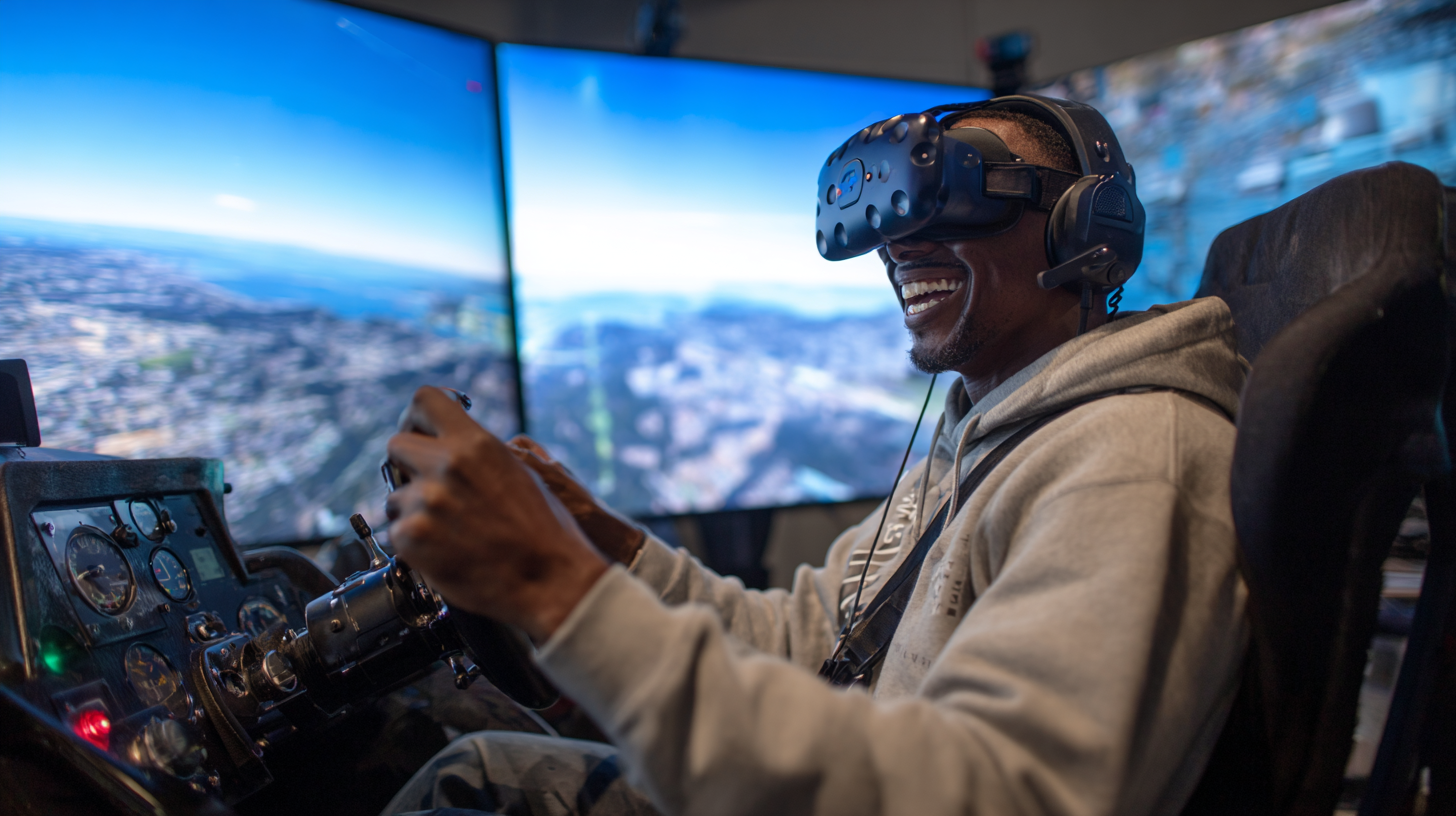
Analyzing Performance Metrics: How VR Simulations Impact Pilot Skills and Proficiency
Virtual reality (VR) flying simulators offer an immersive platform for aspiring pilots to hone their skills and enhance their decision-making capabilities. By analyzing performance metrics such as reaction time, accuracy, and situational awareness, trainers can quantify the effectiveness of these simulations in improving pilot proficiency. For instance, VR's real-time feedback allows pilots to learn from their mistakes immediately, fostering an environment of continuous improvement. This data-driven approach facilitates personalized training programs that address each pilot's unique strengths and weaknesses.
Furthermore, the integration of performance metrics into VR simulations provides critical insights into how different training scenarios affect the overall skill development of pilots. By examining metrics before and after simulation exercises, trainers can gauge the impact of various conditions, simulate high-pressure environments, and tailor training to suit individual needs. Such analysis not only helps pilots develop essential flight skills but also builds confidence, making them better prepared for real-world challenges. As the technology behind VR continues to evolve, the potential for even more nuanced training applications becomes increasingly promising, paving the way for the next generation of skilled aviators.
5 Tips for Mastering Your Experience with VR Flying Simulator - Analyzing Performance Metrics: How VR Simulations Impact Pilot Skills and Proficiency
| Metric | Before VR Training | After VR Training | Improvement (%) |
|---|---|---|---|
| Flight Accuracy | 75% | 90% | 20% |
| Decision Making Time (sec) | 5.0 | 3.0 | 40% |
| Emergency Response Time (sec) | 8.0 | 4.5 | 43.75% |
| Maneuverability Score | 70% | 85% | 21.43% |
| Confidence Level | 65% | 85% | 30.77% |
FAQS
: Key factors include resolution, field of view, refresh rate, comfort, and compatibility with your flight simulation software.
Popular options include the Oculus Quest 2, HTC Vive, and Valve Index, each offering different compatibility and performance levels.
Engaging auditory elements enhance realism; studies show 75% of users feel a higher level of presence when sound is synchronized with visual feedback.
Visual cues such as realistic environments and responsive animations significantly enhance user immersion, increasing engagement levels by up to 30%.
They provide an immersive platform for training, allowing aspiring pilots to hone skills such as reaction time, accuracy, and situational awareness through real-time feedback and performance metrics.
They help quantify the effectiveness of simulations in enhancing pilot proficiency and can inform personalized training programs by identifying strengths and weaknesses.
A comfortable design helps prevent fatigue, allowing for longer and more enjoyable flight simulation experiences.
High-quality spatial audio can simulate realistic flying experiences by providing directional cues, making users feel as though they are truly soaring through the skies.
The VR market is expected to reach $44.7 billion by 2024, with immersive experiences becoming a top priority for developers.
They foster a continuous improvement environment by allowing pilots to learn from mistakes immediately and simulate high-pressure scenarios for better preparedness.
Conclusion
Mastering your experience with a VR flying simulator can elevate your flight simulation journey to new heights. To begin, understanding the hardware is crucial; selecting the right VR headset can significantly enhance immersion. Key calibration techniques play a vital role in optimizing controls and sensitivity, ensuring that your virtual flights feel as realistic as possible. Engaging immersion through sound and visual cues further enriches the experience, while training with purpose by incorporating structured flight training programs and tutorials can help refine your skills.
In 2023, exploring popular VR flying titles reveals trends and player preferences that shape the community. Furthermore, analyzing performance metrics allows pilots to assess how VR simulations impact their skills and proficiency, making technology an invaluable tool for aspiring aviators. With companies like Guangzhou Longcheng Electronic Co., Ltd. pioneering VR simulations, the future of VR flying simulators looks promising, providing enthusiasts with robust experiences tailored to their needs.
Related Posts
-
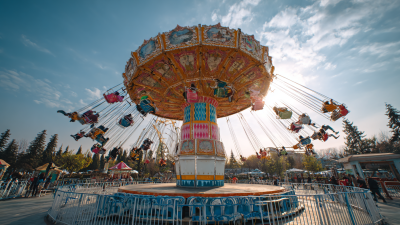
From China to the World: Discovering Unmatched Quality in Amusement Park Rides for Sale
-
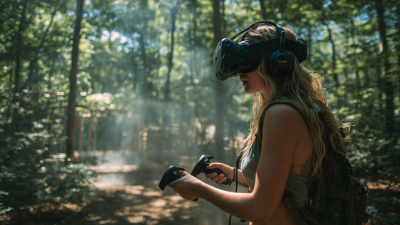
Exploring Innovative Alternatives to Traditional Entertainment with VR Parks
-
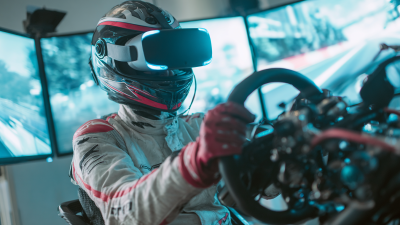
How to Choose the Perfect VR Motorbike Simulator for Your Business Needs
-
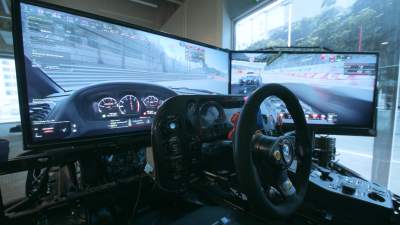
The Future of Immersive Racing Game Simulators and Their Impact on Gaming Experience
-
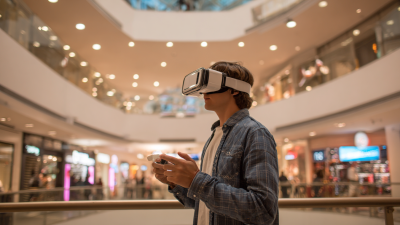
Exploring Challenges Faced by Global Buyers in Integrating Vr Mall Cinema Solutions
-

Exploring Real World Applications of the Best VR Play Park in Entertainment and Education Industries

